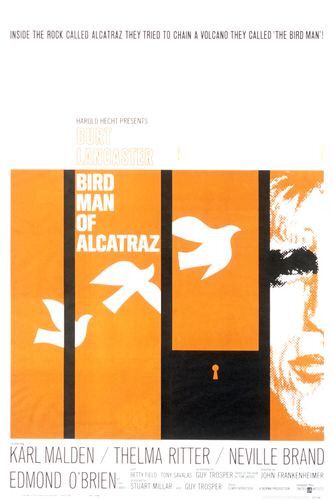
The recent passing of Gene Hackman has left a void in the cinematic world, marking the end of an era defined by his unparalleled talent and versatility. Hackman, who died of heart disease complicated by advanced Alzheimer’s disease, was found in his Santa Fe home approximately a week after his wife, Betsy Arakawa, succumbed to hantavirus pulmonary syndrome.
Gene Hackman’s performances consistently revealed a rare quality: his ability to slip into vastly different characters without relying on major physical transformation. This subtle but powerful skill brings to mind the genius of legendary Telugu actor S. V. Ranga Rao (SVR), who could embody both a humble villager and a commanding aristocrat with nothing but a change in attire—and total conviction.
In much the same way, Hackman’s characters sprang to life through internal transformation. In “Mississippi Burning” (1988), he portrayed a relentless FBI agent navigating the racial turmoil of the segregated South. In “The French Connection” (1971), he became Popeye Doyle, a hard-nosed detective fighting drug trafficking. And in “Crimson Tide” (1995), he transformed into Captain Frank Ramsey, a seasoned commander aboard a nuclear submarine on the brink of war. Despite these drastically different roles, Hackman’s essence remained steady: commanding, convincing, and never overplayed.
🎭 A Note on Acting: SVR, Sukumar, and Subtlety
As the author of Directing Business, I often reflect on the elusive quality of great acting. Drawing from years of observation and many conversations with my father, I define a great actor as someone who brings depth to a character without needing to drastically change their physical appearance.

He sees parallels between Hackman and SVR garu—both actors who could seamlessly inhabit any role with minimal costume change. A torn vest turned SVR into a laborer; a silk angavastram made him a landlord. Similarly, Hackman could wear a uniform or a jacket and transform entirely, not through makeup, but sheer internalization.
I also recall being surprised when director Sukumar compared another actor—possibly Allu Arjun—to SVR garu. While I acknowledge his talent, that comparison didn’t sit well with me. True acting excellence, in my view, lies in effortless immersion, something both SVR and Hackman exemplified.
🎬 Hackman in ‘Directing Business’: Leadership on Screen
In my book Directing Business, I explored Hackman’s role in Crimson Tide to illustrate contrasting leadership styles. Captain Ramsey, portrayed by Hackman, is a traditional, instinct-driven leader whose decisive authority clashes with Denzel Washington’s rational, calculated XO, Ron Hunter. Their conflict becomes a case study in real-time crisis leadership, showcasing how personal philosophy, hierarchy, and communication can impact high-stakes decision-making.
Similarly, in Hoosiers, Hackman plays Coach Norman Dale—a man who benches his star player for insubordination. It’s a lesson in principled leadership, and one that I use to explore people management and long-term vision in teams.
These examples underline how Hackman’s screen presence and role selection offer more than entertainment—they offer teachable moments.
📚 Courtesy of MoviSvami GPT: More Hackman Lessons
Additional notes and observations curated by MoviSvami GPT reinforce Hackman’s legacy in management and leadership cinema:
- Crimson Tide (1995) – A high-stakes lesson in command-and-control versus collaborative leadership. Watch it on Apple TV, YouTube Movies, or Google Play.
- Hoosiers (1986) – Principles over popularity. The coach’s tough decisions reveal the long game of leadership.
- The Practice of Management by Peter Drucker – For those inspired by Hackman’s portrayals of leadership, this book is a fitting next step. Available at Amazon India, Akshara Bookstore, and Landmark in Hyderabad.
🎞️ The Final Bow
Gene Hackman never needed to shout to command a scene. He was never flashy, never loud—but always powerful. His quiet confidence, consistency, and total commitment to every role placed him in a league of his own.
Though he has left us, his films endure as reflections of complex human behavior, timeless leadership, and understated genius. For anyone who admires the craft of acting—or the craft of leading—Hackman’s work remains an essential study.
Rest in peace, Gene Hackman.
Courtesy:
Management and Leadership filmography extracted from Directing Business by Lakshmi Narayana
Additional reflections and recommendations courtesy of MoviSvami GPT
SVR Rare Photos at Sakshi post



